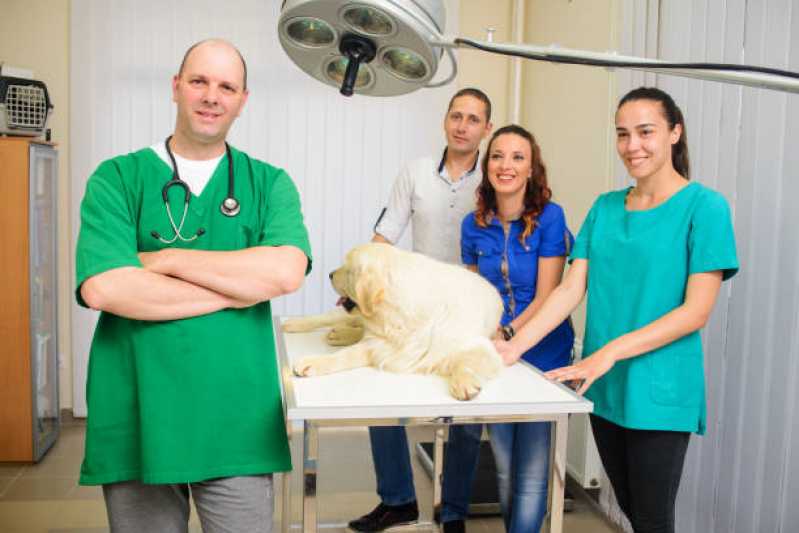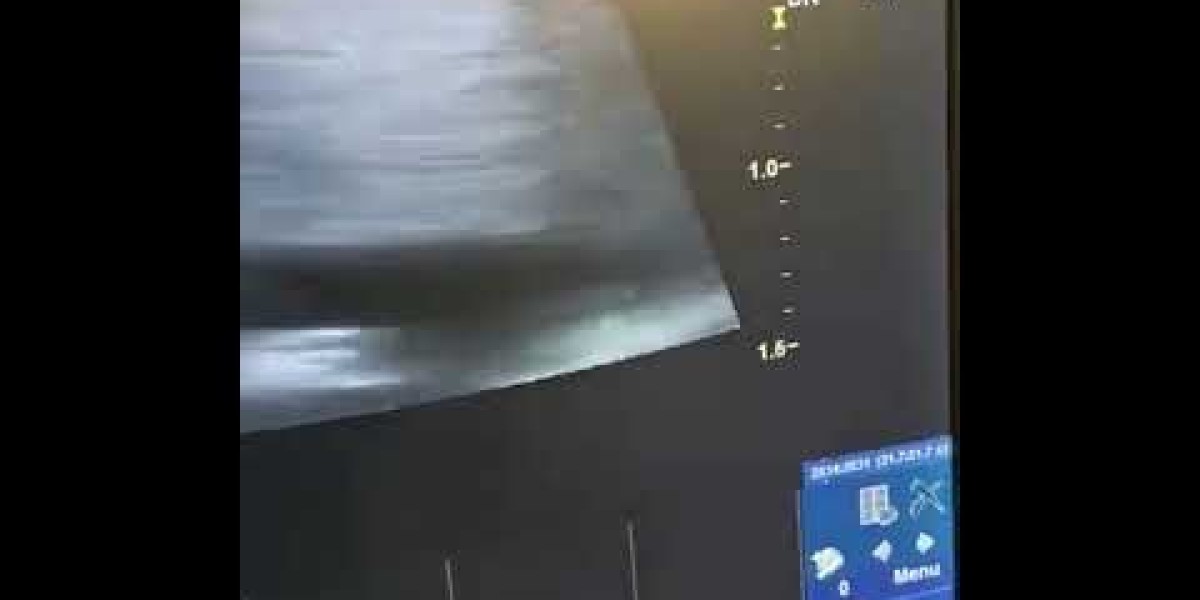 In some instances, you may have to withhold food and drinks for 8–12 hours earlier than the scan in order that the vet has a transparent view. Also, if you have a high-energy or aggressive pup, it could want sedation. While these are each imaging techniques, they have a significant distinction. Ultrasound doesn’t use any radiation, making it a safer different to an X-Ray. The vet or imaging tech will maneuver the wand around the area and look at a display to get an thought of the problem.
In some instances, you may have to withhold food and drinks for 8–12 hours earlier than the scan in order that the vet has a transparent view. Also, if you have a high-energy or aggressive pup, it could want sedation. While these are each imaging techniques, they have a significant distinction. Ultrasound doesn’t use any radiation, making it a safer different to an X-Ray. The vet or imaging tech will maneuver the wand around the area and look at a display to get an thought of the problem.Pulmonary edema is characterised by a buildup of fluid within the dog's lungs that might be because of a big selection of underlying health situations, publicity to toxins, or due to trauma. Fluid in the lungs in canines may be characterized as originating both from a coronary heart situation (cardiogenic) or from another situation (noncardiogenic). Dogs of all ages, breeds, and genders are susceptible to pulmonary edema, but some are at a higher risk for certain situations that result in fluid within the lungs. Since the presence of fluid within the lungs has various causes, only a veterinarian can establish which one is inflicting the problem in your pet. A widespread explanation for water within the lungs is persistent valve illness, but different heart issues can lead to pulmonary edema.
Therapies for pulmonary edema
Although, with issues like congestive coronary heart failure, the pulmonary edema could additionally be likely to recur. In instances of cardiogenic pulmonary edema diuretics and vasodilators may be given. Your veterinarian will utilise this therapy with excessive warning and your pet will be carefully monitored for signs of hypotension. Anti-arrhythmic remedy could additionally be given in case your pet is experiencing tachyarrhythmia (abnormal coronary heart rhythm).
Causes and Treatment of Fluid in A Dog's Lungs (Pulmonary Edema)
Fortunately, when the condition is handled shortly by a veterinarian, an affected canine usually has a good prognosis. Fluid within the lungs in canines is a common complication of situations such as respiratory an infection and certain coronary heart points. Your vet could advocate a check to research the fluid from your canine's lungs to look for high or low protein ranges. Low levels of protein indicate cardiogenic pulmonary edema, whereas high ranges of protein level to noncardiogenic as the trigger for fluid buildup in your canine's lungs. When it involves treating noncardiogenic pulmonary edema in canine, the treatment will differ relying on the underlying cause and the severity of your canine's condition.
Oxygen supplementation can present short-term reduction, however treatment of the first cause can additionally be necessary. Medications called diuretics are typically used to take away extreme fluid from the lungs. If coronary heart disease is the underlying explanation for your pet's pulmonary edema, therapy may include diuretics to assist remove the fluid, oxygen therapy and relaxation. Pulmonary edema could additionally be a recurring concern for your pet as a end result of continual nature of coronary heart illness. Be positive to monitor your pup for early indicators of fluid in the lungs so that remedy can begin early, earlier than the situation becomes more extreme. Pulmonary edema, or an accumulation of fluid in the lungs, is a severe condition that requires quick veterinary care. A full medical workup is required to diagnose pulmonary edema, and there are a number of treatments that will assist, together with drugs and oxygen remedy.
Conditions
A dog X-ray can range anywhere from $75 to $500, with the average price of a dog X-ray falling between $150 to $250. However, the price can range extensively depending on many factors, which we explain beneath. She is SDEP (Sonographic Diagnostic Efficiency Protocol) certified in abdominal ultrasound. This certification is awarded by Sonopath to sonographers demonstrating superior stage sonographic picture capturing and effectivity. In cases where the X-ray reveals a tumor https://Doodleordie.com/profile/dollarmark4 or a potential obstruction, your little buddy may have further remedy to handle the underlying cause. The sort of imaging used is decided by what exactly is going on with your dog. But regardless of which kind of imaging is used, the earlier strategies are one of the only ways for a vet to determine out exactly what is going on with your dog and the means to deal with it.




